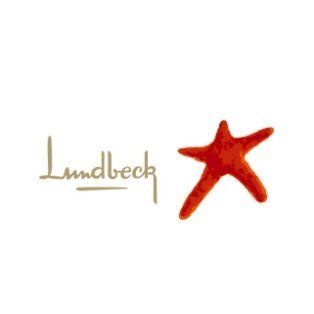Predicting the response signal in Atm. Pressure Chem. Ionization - Mass Spectrometry (APCI-MS) systems appears to be considerably challenging due to a gap in knowledge of governing factors and nature of their relationship with response.In this regard, signal intensity is optimized for each analyte sep. through trial-and-error approach which impairs the method development and depletes numerous resources.To tackle the given issue, here we proposed the Quant. Structure - Property Relationship (QSPR) model that estimated the ion signal based on mol. descriptors of tested compoundsIn particular, the QSPR model was developed using APCI-MS data acquired for 8 chem. compounds under 41 different exptl. conditions.Antipsychotics, namely, sulpiride, risperidone, aripiprazole, bifeprunox, ziprasidone and its three impurities, were selected as model substances to undergo APCI ionization.Exptl. (instrumental and solvent-related) parameters were varied according to the scheme of Box-Behnken Design.Gradient Boosted Trees (GBT) technique was used to model sophisticated inputs - output relationships of the monitored system.The GBT algorithm with optimized hyper-parameters (16 estimators, learning rate set to 0.55 and maximal depth set to 7) built a so-called mixed model that yielded satisfactory predictive performance (Root Mean Square Error of Prediction: 5.98%; coefficient of determination: 97.1%).According to the built-in feature selection method, GBT identified exptl. factors impacting nebulization and vaporization efficiency, i.e. descriptors related to hydrophobicity and mol. polarizability as the major determinants of observed APCI behavior.Therefore, the proposed model has shed light on the parameters and factors' interactions that govern the generation of APCI ion signals for the analytes with diverse phys.-chem. properties.The established QSPR patterns could be reliably used to predict APCI-MS signal in a variety of exptl. environments.








